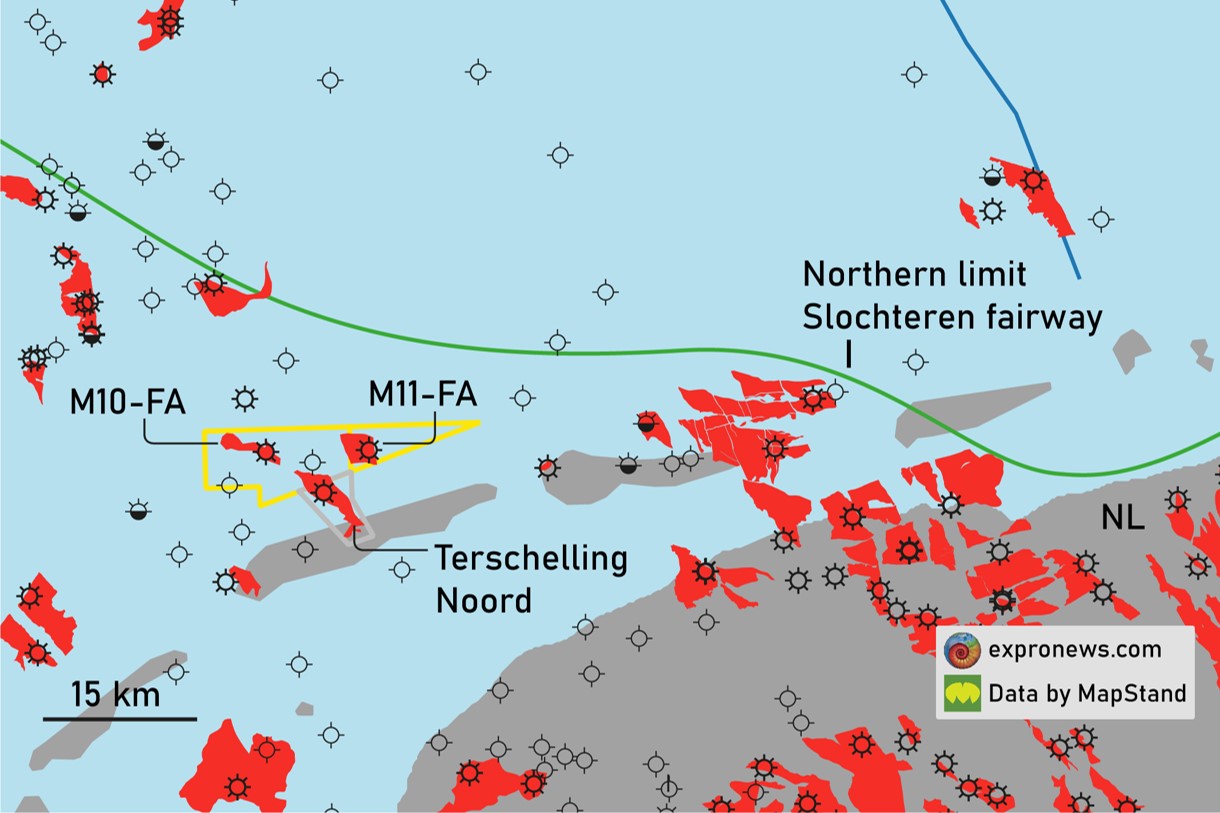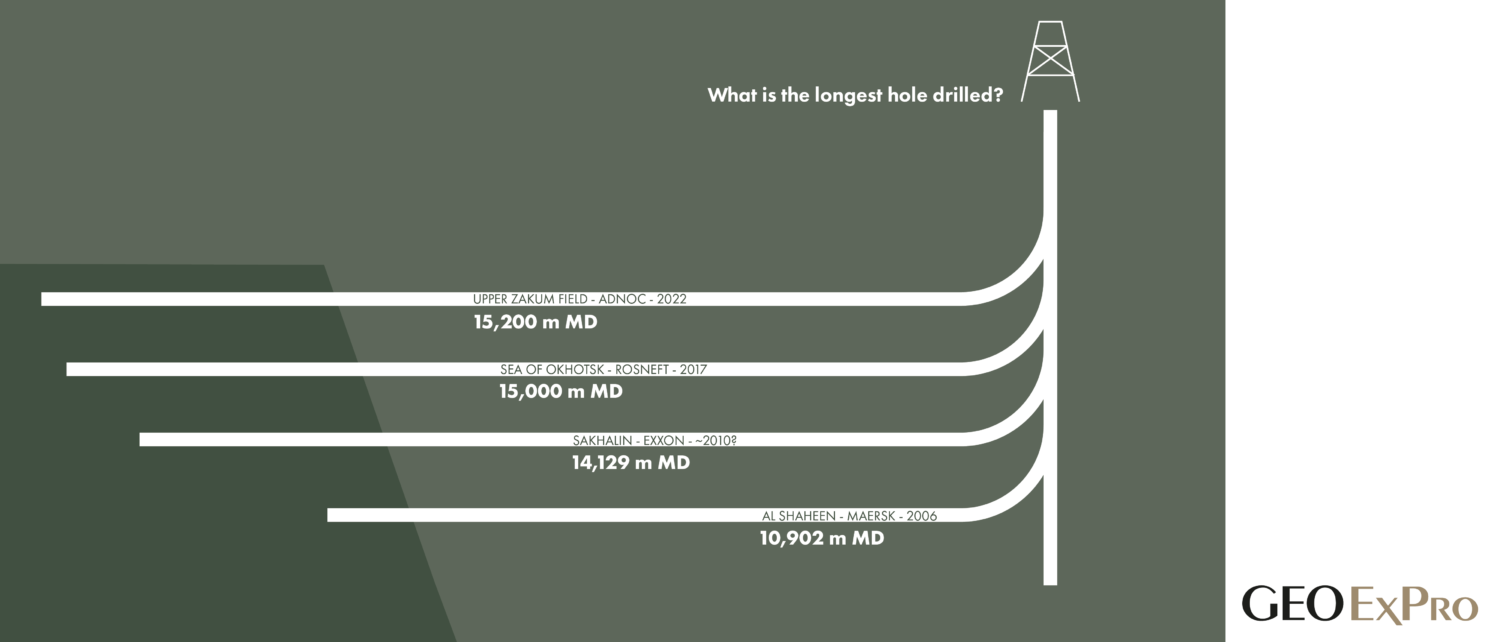Last month, UK-based company Kistos announced the acquisition of Tulip Oil Netherlands. The deal included the operating interest in the Q10-A offshore gas field and interests in other fields in the Dutch North Sea, including the Q10-B, Q11-B and M10/M11 discoveries, and other exploration and appraisal projects.
It is the M10-FA and M11-FA discoveries we will focus on here.
The decision to ignite appraisal and development plans for these Rotliegend discoveries – totalling an estimated 36 MMboe – is closely watched by the local community.
In 2013, Tulip Oil submitted a field development plan to the Dutch authorities for the development of the Terschelling Noord discovery just south of the M10 and M11 accumulations. These plans were met with a lot of resistance from the Terschelling community, which ultimately caused Tulip Oil to drop the plans.
It is interesting why Tulip Oil decided to submit a production licence for the Terschelling Noord discovery and not for the M10-FA and M11-FA discoveries. Given that the Rotliegend is shaling out in a northerly direction (see the green pinch-out line on the map above), it may be that reservoir quality formed a driver to go for the potentially slightly better reservoir of Terschelling Noord.
However, Terschelling Noord is characterised by CO2 contents of up to 15%, which would have required Tulip to also drill an additional well to re-inject this gas. The M11-FA discovery only contains 2.1% CO2.
Even though the M10-FA and M11-FA discoveries now eyed by Kistos are situated a little bit further away from the island, the plans have already been noted and further action does not seem unlikely.
Poor reservoir quality
M11-FA was discovered in 1982 by NAM, and contains gas in the Upper Slochteren Member of the Permian Rotliegend Group. This information sheet describes the reservoir as tight due to poor primary porosity facies and subsequent diagenetic deterioration, lending support to the concept of reservoir quality decreasing in a northerly direction.
Equally, the composite well log of the M10-FA discovery well (M10-01) does not show a well-developed Slochteren sandstone either, but a few thin streaks of pay in an otherwise fine-grained matrix instead. The two DSTs from the reservoir interval cannot really be seen as too hopeful either, with a test of 5-10 MMCF/day decreasing to 1 MMCF/day after one hour.
Development plan
Kistos proposes to develop the fields through a main treatment platform at M11, along with a minimal facilities wellhead platform at M10. It is expected that 8 wells will be required on the M11-A field to produce the contingent resource, although provision for an additional 3 wells will be provided. The M10-A field will be developed via 2 wells, with provision for an additional 2 well slots. The M10 platform will be tied back to M11 through an 8.5 km pipeline and co-mingled gas streams will be exported via an east-bound 42 km pipeline to the existing Noordgastransport subsea tie-in point.
In conclusion, it could be that Kistos is accepting a poorer reservoir in return for a development location slightly further away from the controversial Terschelling Noord project, hoping that it will be met with less resistance. Time will tell.
HENK KOMBRINK




